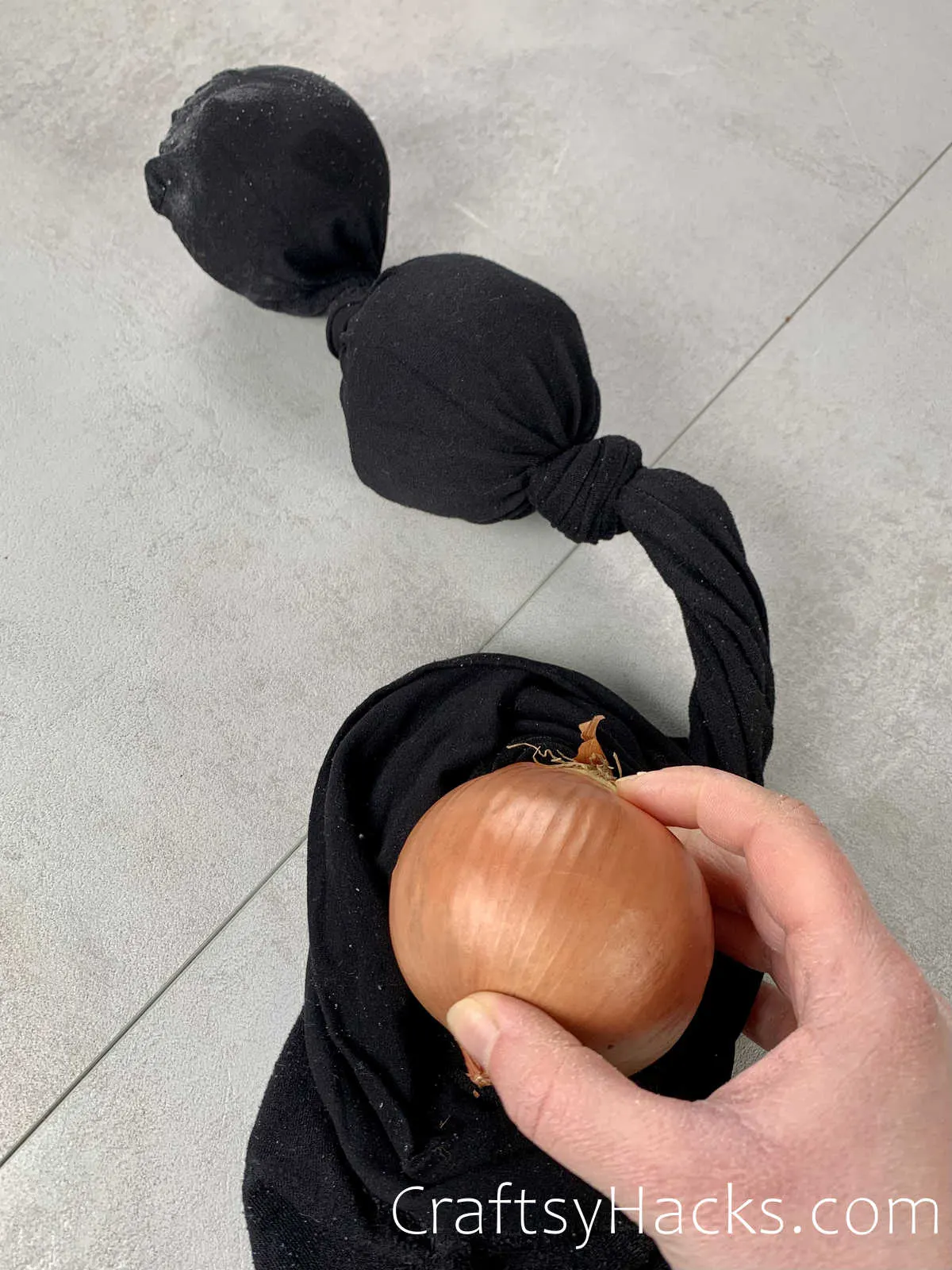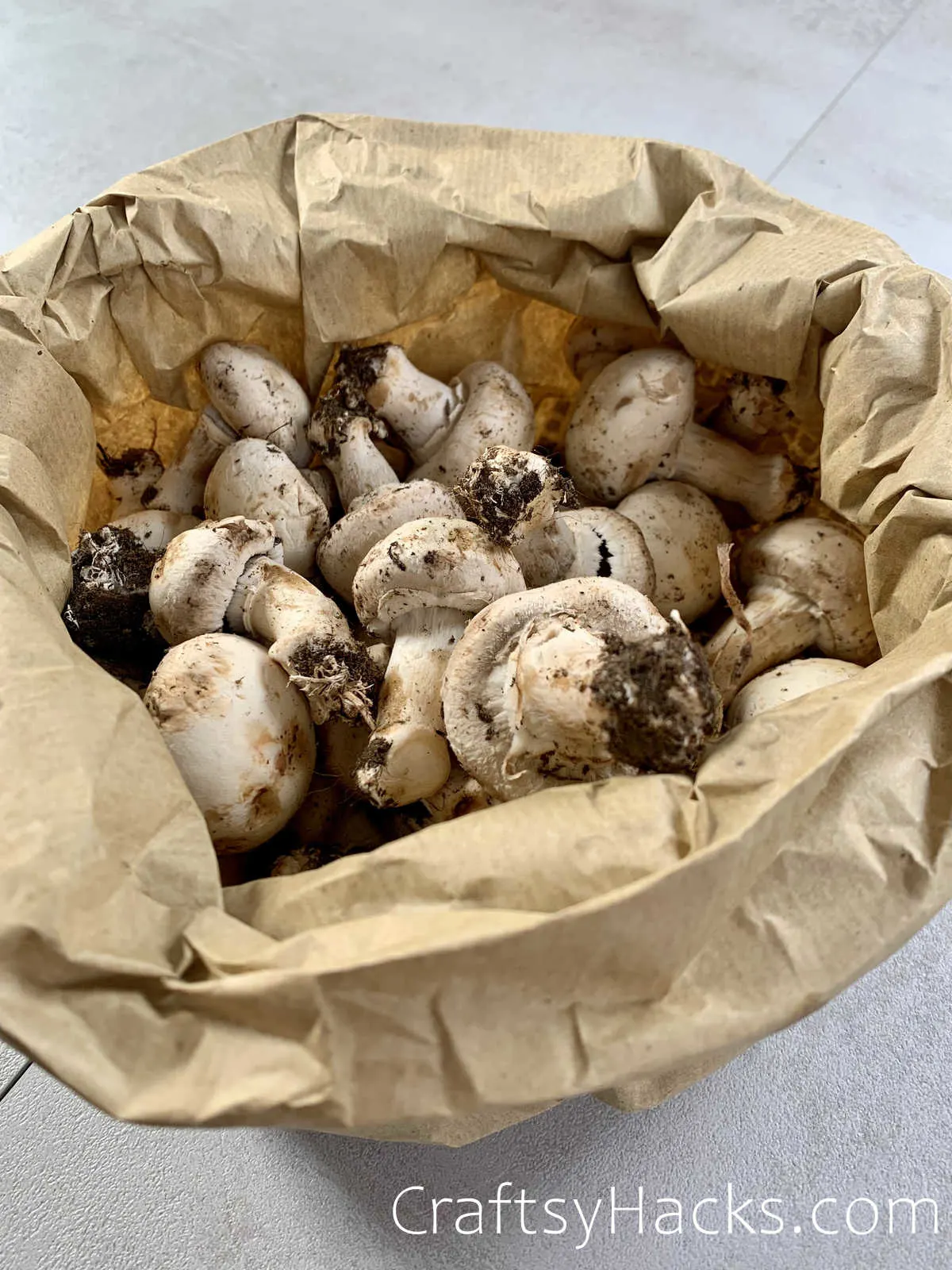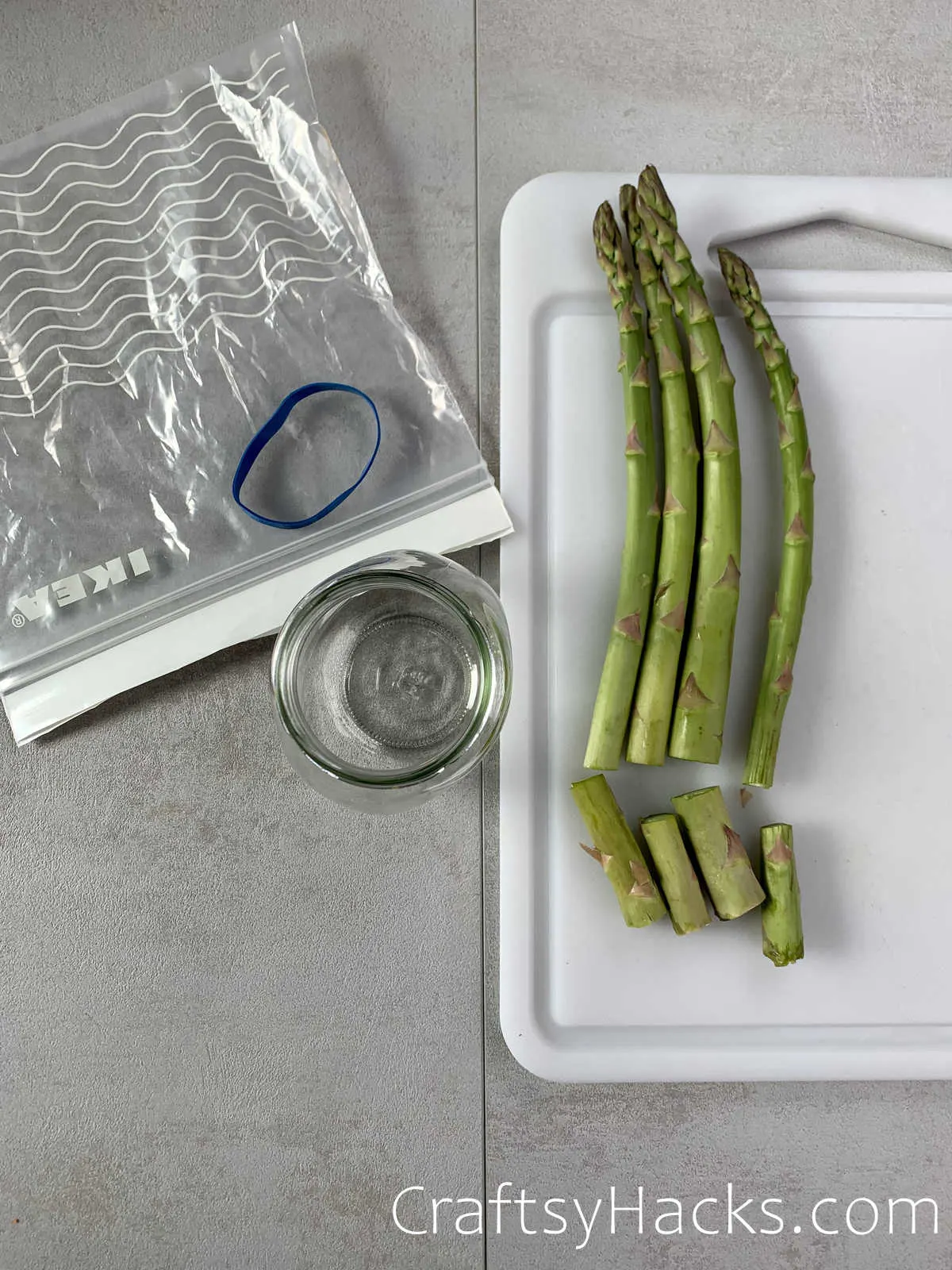Storing fruits and vegetables properly can prolong their shelf life and preserve their freshness, taste, and nutritional value–having reliable ways to store fruits and vegetables is the trick.
If you have trouble with produce going bad, you’ve come to the right place.
There are many different ways to store fruits and vegetables, each with advantages and disadvantages.

The ones on the list today aren’t overly complicated; minimal prep is needed to ensure you aren’t throwing out those precious plants.
The best part is you don’t need any pricy kitchen accessories. Most of them are generally found in most households; if you don’t have something, all items are cheap.
Here are 15 ways to store fruits and vegetables to help keep them fresh and delicious for as long as possible.

If you have any questions and want to see a fully illustrated example, check out my YouTube video here.
Please let me know if you have any storage hacks in the comments below! I always love to chat about food-saving tips.
1. Store Onions Using a Pantyhose

Onions can be stored for a long time if stored properly. One way to do this is to use pantyhose–it sounds weird, but it is true.
Simply place onions in the foot of a clean pair of pantyhose, tie a knot between each onion, and hang the stocking in a cool, dry place.
This method allows for air circulation, which can help prevent mold and rot.
These other clever pantry organization ideas will interest you!
2. Keep Tomatoes on the Countertop

Tomatoes should not be stored in the refrigerator as it can cause them to lose their flavor and texture. Instead, keep them on the countertop at room temperature.
Tomatoes continue to ripen after they are picked, so keep an eye on them and use them when they are at their peak ripeness.
I love these containers for storing various products, including tomatoes.
3. Store Cut Fruits in an Airtight Container

Cut fruits, such as melons and pineapple, should be stored in airtight containers in your fridge to prevent spoilage and keep them fresh for longer.
The airtight container also helps prevent the fruit from absorbing odors from other foods in the refrigerator.
I love this container for my cut and sliced fruits.
4. Store Fresh Juice in Glass Bottles

If you like to make fresh juice, store it in glass bottles rather than plastic.
Glass is non-reactive and won’t affect the taste or quality of the liquid, and it also helps prevent oxidation, which can cause the juice to spoil.
These bottles are a great deal.
5. Prevent Mould with Silicone Covers

Silicone covers are a great way to prevent mold from growing on fruits and vegetables. Simply place the silicone cover over the cut end of the fruit or vegetable and store it in the fridge.
The cover helps prevent air and moisture from getting in, which can lead to mold growth. This pack has become a favorite.
6. Wash Lettuce with Baking Soda

Lettuce can be tricky to store, as it can wilt and spoil quickly. One way to help keep lettuce fresh is to wash it with baking soda.
Fill a bowl with water and add a tablespoon of baking soda. Soak the lettuce in the water for 15 minutes, rinse well, and dry thoroughly before storing it in the fridge.
7. Store Mushrooms in a Paper Bag

Mushrooms should be stored in a cool, dry place. One way to do this is to keep them in a paper bag.
The paper bag helps absorb excess moisture, which can cause mushrooms to spoil quickly. Avoid storing mushrooms in plastic, as it can cause them to become slimy.
Find room for your mushrooms in the cupboard with these genius ways to organize kitchen cupboards!
8. Make Carrots Crisp Again

You can revive your carrots by soaking them in ice water. Store them that way fully for a couple of hours.
Adding a potato slice to the water can help absorb and wick excess moisture to keep the carrots crisp.
9. Line the Crisper Drawer with Paper Towel

The crisper drawer in the refrigerator is designed to keep fruits and vegetables fresh but can also cause excess moisture to accumulate. To prevent this, line the crisper drawer with a paper towel.
The paper towel helps absorb excess moisture and prevents it from damaging your produce.
Enjoy these other handy fridge organization hacks!
10. Store Asparagus in a Jar with Water

Asparagus can be stored in a jar with a few inches of tap water in the bottom. Simply place the asparagus in the pot, cover it with a plastic bag, and store it in the fridge.
This method helps keep the asparagus fresh and crisp for longer. These mason jars and plastic bags work well for the skinny vegetable.
11. Wash Blueberries with Water and Vinegar

Blueberries are a delicate fruit that can spoil quickly if not stored properly. One way to help keep them fresh is to wash them with water and vinegar.
Fill a bowl with water and add a tablespoon of vinegar. Soak the blueberries in the mixture for a few minutes, rinse well, and dry thoroughly before storing them in the fridge.
Add your blueberries to an airtight container for best results.
12. Wrap Cucumbers in a Paper Towel

Cucumbers are a popular vegetable stored in the fridge for up to a week. To help keep them fresh, wrap the cucumbers in paper towel before placing them in your refrigerator.
The paper towel helps absorb excess moisture, which can cause the cucumber to become slimy and spoil quickly.
Just ensure you replace any moist paper towels with fresh ones to elongate your vegetable’s shelf life.
13. Keep Garlic Cloves in the Freezer

Garlic cloves are a versatile ingredient used in many dishes and in many different ways. Store them in the freezer to keep garlic cloves fresh for a longer period.
Place the garlic cloves in an airtight container or freezer bag and store them in your freezer. The cold temperature helps slow down the growth of bacteria, which can cause the garlic to spoil.
No room to store your garlic? Check out these great freezer storage hacks!
14. Store Chopped Veggies in an Airtight Container

If you like to meal prep or prepare ingredients ahead of time, storing chopped veggies in an airtight container can be a great way to save time and prevent spoilage.
Chopped veggies can be stored in an airtight container in your fridge for several days, which can make meal prep and cooking much easier and more convenient.
Chop the items by hand or process them in a food processor and then store them accordingly.
Smaller pieces of produce store better than whole vegetables because the water content isn’t as great after processing.
15. Store Fennel Stalks and Bulbs Separately

Fennel is a vegetable with a distinctive anise-like flavor that can be used in various dishes. When storing fennel, it is important to keep the stalks and bulbs separate.
The stalks tend to wilt quickly, while the bulbs can last for up to a week.
Wrap the fennel stalks in a damp paper towel and store them in the fridge, while the bulbs can be stored in a plastic bag in the crisper drawer.
The difference in textures for this vegetable ripens in different time frames. Therefore, separating the two gives you the longest shelf life for both fennel halves.
Get your kitchen under control with these brilliant DIY kitchen organization ideas!
